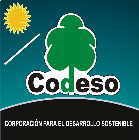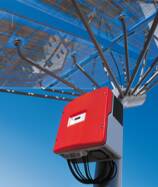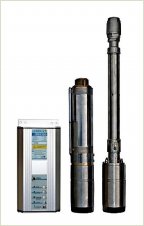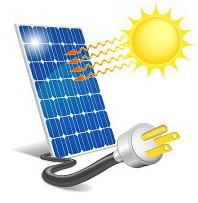How does solar energy work?
How solar photovoltaic electrification works?
How solar photovoltaic electrification works?
Advantages of solar systems
- Electric energy is generated from the sun's rays:
- The sun is a renewable energy source. This energy will never run out and is not "wasted".
- The environment is not polluted, nor is there noise.
- It is not spent on fuels, oils, mobilization time and cost.
- Solar panels do not need maintenance: a motor generator needs maintenance, labor and spare parts have to be paid for.
- Photovoltaic panels last around 30 years: a motor generator runs from one to two years, so the cost of a new motor generator is saved every two to three years.
- The solar system can be increased in the future (because they are modules), while the size of the motor-generator is fixed (and it is not possible to connect two motor-generators in parallel).
- Managing the solar system is easy: the bulb turns on and you don't have to go out to start and stop the engine.
- Solar equipment can be resold because it has a relatively stable price (in case there is a connection to public light in the future).
Advantages of solar systems
CC
Photovoltaic system operation
The solar energy panel or photovoltaic panel changes the energy of the solar rays into low voltage or voltage (12 volts) electrical energy.
This energy accumulates in batteries to have light, radio, television, etc. at night.
There are consumers such as special lamps, radio recorders or b / w televisions that work directly with low voltage. These equipments can be connected directly to the battery.
1 Panel with a power of 55 W (watts) produces 12V (volts) with 4 A (amps) peak. This is equivalent to the power of a "normal bulb".
As the energy received during the day is accumulated in accumulators or batteries, consumers (for example lamps) can be connected for the necessary time.
This time is limited and depends on the number of installed photovoltaic panels (that work as generators), the number of batteries (that work as accumulators) and the number of connected lamps (that work as consumers).
The panels produce energy when there is sun or light, although they reach their maximum power when there is full sun (strong enough to produce clear shadows).
There are 6-8 hours of maximum sun per day, but an average of 3.5 hours of daily sun is calculated in this region, because there are dark clouds or rain. In addition there is no translation of the sun, so less solar energy reaches the surface of the panel due to the angle between the panel and the sun.
A normal bulb can be turned on for almost 3 hours (average).
Using an "energy saving bulb", which can be a fluorescent lamp, it can be turned on two and a half times longer than the "normal bulb": for 6 hours.
Solar electric systemsindependent and GRID injection (electrical network). Backup and protection of medical and computer equipment, radio communication, electric fences, cogeneration together with electro-thermal generators, air conditioning, etc.
Photovoltaic water pump systems that do not require batteries so the return on investment is very fast. These systems work fully automatic.



